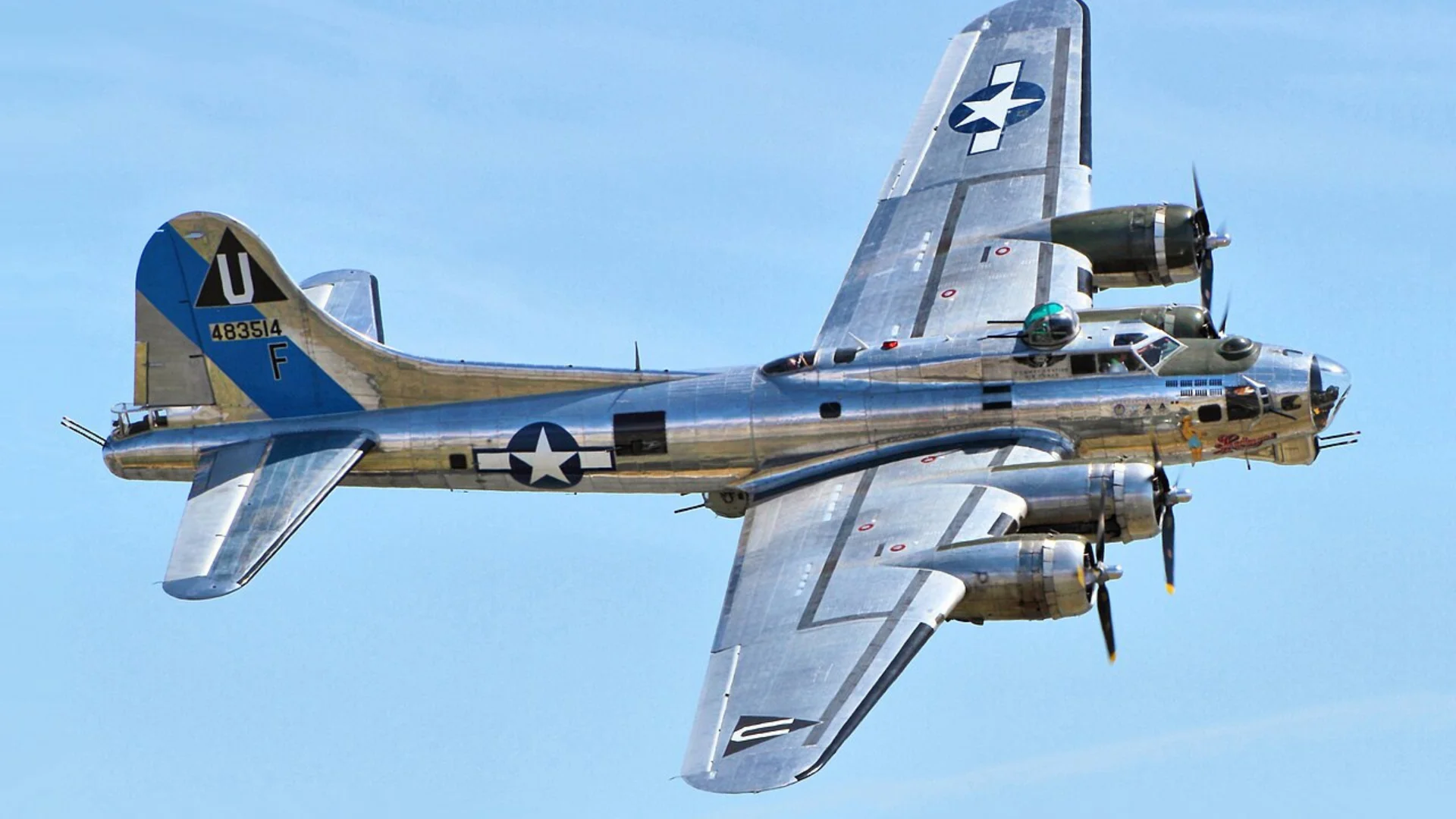During World War II, the United States focused much of its industrial capacity on building aircraft and naval vessels, producing about 300,000 aircraft of all types. Among these, the Boeing B-17 Flying Fortress became one of the most recognized heavy bombers. Known for its durability in combat and ability to return home after sustaining damage, the B-17 suffered significant losses during missions over Europe in 1943.
The development of the B-17 began before WWII, in 1934, under Boeing’s Project 299. The aircraft was designed to fly distances between 1,000 and 2,000 miles at speeds from 200 to 250 mph while carrying a payload of 2,000 lbs. This design leveraged previous experience from Boeing's Model 247 civil transport and Model 294 bomber.
Production of the B-17 spanned from 1935 to 1945. Although Boeing led production with its Seattle facility (Plant 2), Lockheed (Vega) and Douglas also built large numbers under license agreements—a common practice during WWII to meet military demands. In total, there were 12,731 B-17s produced: Boeing built 6,981 units; Lockheed produced another 2,750; Douglas added another 2,995.
 Alerts Sign-up
Alerts Sign-up






















